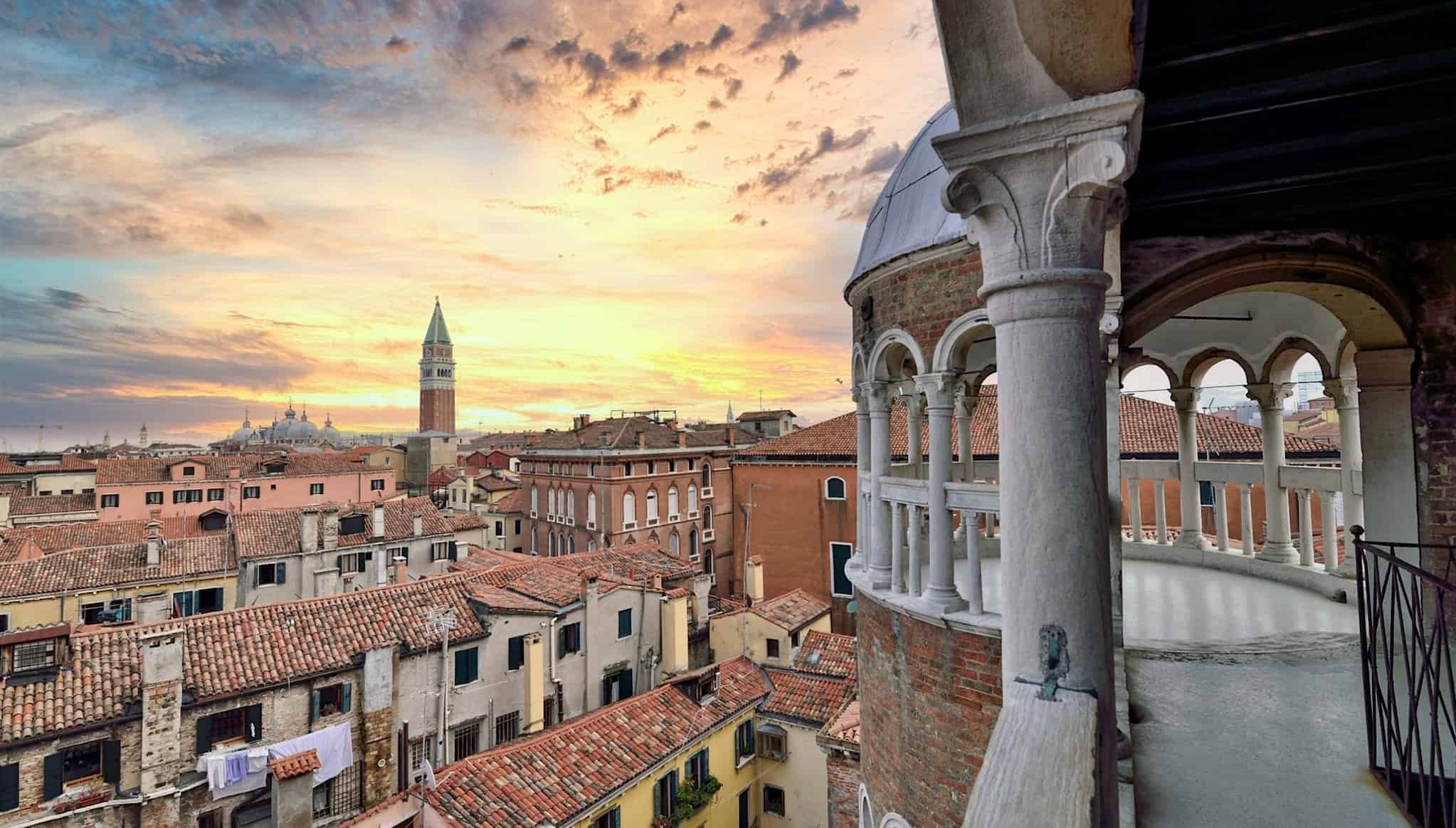Venice During Easter and Spring
/Venice is one of the most beautiful and romantic cities in the world, and Easter time is a perfect time to visit it. This Italian city is known for its stunning architecture, canals, and gondolas, making it an ideal destination for couples, families, and solo travelers. Here are a few reasons why visiting Venice during Easter time is an excellent idea.
Firstly, Easter is an important holiday in Venice, and the city comes alive with celebrations, parades, and special events. You can witness the solemn processions that take place throughout the city, including the religious processions on Good Friday, which are particularly impressive. In addition, there are many concerts, exhibitions, and performances that take place during the Easter period, offering a chance to experience the vibrant cultural scene of Venice.
Another reason to visit Venice during Easter is the beautiful spring weather. The city has a mild climate in March and April, and the temperatures are usually pleasant for exploring the city on foot or by boat. The springtime also brings beautiful flowers and blossoms, adding to the charm and beauty of the city.
During Easter, Venice is less crowded compared to the peak summer season, making it a perfect time to enjoy the city's attractions and cultural treasures at a more leisurely pace. You can take a gondola ride through the canals, explore the city's museums, art galleries, and historical landmarks, or simply wander through the narrow streets and soak up the atmosphere.
Moreover, Easter is a time for indulgence and food in Italy, and Venice is no exception. The traditional Easter feast includes roasted lamb, sweet Easter bread, and Colomba Pasquale, a dove-shaped cake. You can also sample other delicious Venetian specialities such as risotto with seafood, polenta, and the famous Venetian cicchetti (small plates of food served with drinks).
Finally, Venice is a city that celebrates its traditions and history, and Easter is no exception. During this time, you can witness the city's traditions and culture firsthand, such as the ancient custom of Venetian gondoliers wearing traditional clothing and colorful sashes during the Easter period.
In conclusion, visiting Venice during Easter time is a fantastic idea, as it offers an opportunity to experience the city's vibrant culture, beautiful weather, delicious food, and traditional celebrations. Whether you are seeking a romantic getaway, a family holiday, or a solo adventure, Venice during Easter is an unforgettable experience that will stay with you forever.















































